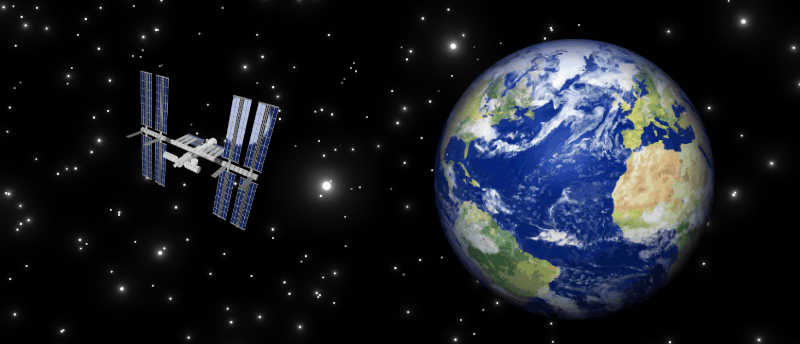Ground Control to Major Tom: how do brain organoids develop in microgravity?

Refer a colleague
By sending brain organoids to space, researchers have discovered that brain cells mature more quickly in microgravity.
Microgravity has been found to affect the muscles, bones, immune system and cognition; but how does it impact the brain? Researchers from the Scripps Research Institute (CA, USA) developed brain organoids and sent them to the International Space Station (ISS) to answer this question, finding that while they remained healthy, the organoids matured faster than ones on Earth.
To investigate the specific impacts of microgravity on the brain, the researchers developed brain organoids that model brain regions implicated in neurodegenerative disease. The team created the organoids using human iPSCs from individuals with primary progressive multiple sclerosis or Parkinson’s disease, directing them toward cortical and dopaminergic fates, respectively. They also included microglia in some of the organoids, to explore the impact of microgravity on inflammation.
Organoids are typically grown in a liquid medium that needs to be changed regularly, which would prove difficult on the ISS. To overcome this, the team developed a novel culture method using sealed cryovials originally designed for deep freezing.
 Out-of-this-world techniques: microgravity leads to tissue engineering breakthroughs
Out-of-this-world techniques: microgravity leads to tissue engineering breakthroughs
Microgravity offers a unique condition for tissue engineering, advancing stem cell-derived liver tissue development. But how can we transport these tissues to Earth without damaging them?
They sent organoids to the ISS and kept some on Earth, culturing both sets for a month. Upon the organoids’ return to Earth, they used RNA sequencing to look at the gene expression in the ISS organoids and the Earth organoids. They found that organoids grown in microgravity exhibited increased expression of maturity-related genes and decreased levels of proliferation-associated genes compared to ground controls, suggesting that cells in microgravity matured faster and replicated less than those on Earth.
“We discovered that in both types of organoids, the gene expression profile was characteristic of an older stage of development than the ones that were on ground,” explained co-senior author Jeanne Loring. “In microgravity, they developed faster, but it’s really important to know these were not adult neurons, so this doesn’t tell us anything about aging.”
The team also found that, surprisingly, the organoids grown in microgravity showed less inflammation and lower levels of stress-related genes than ground controls; however, more research is needed to determine why.
“The characteristics of microgravity are probably also at work in people’s brains, because there’s no convection in microgravity – in other words, things don’t move,” speculated Loring. “I think that in space, these organoids are more like the brain because they’re not getting flushed with a whole bunch of culture medium or oxygen. They’re very independent; they form something like a brainlet, a microcosm of the brain.”
This study details the first space mission of the organoids; however, the team has since launched four additional missions to the ISS. Next, they plan to focus on Alzheimer’s disease.
Please enter your username and password below, if you are not yet a member of BioTechniques remember you can register for free.



